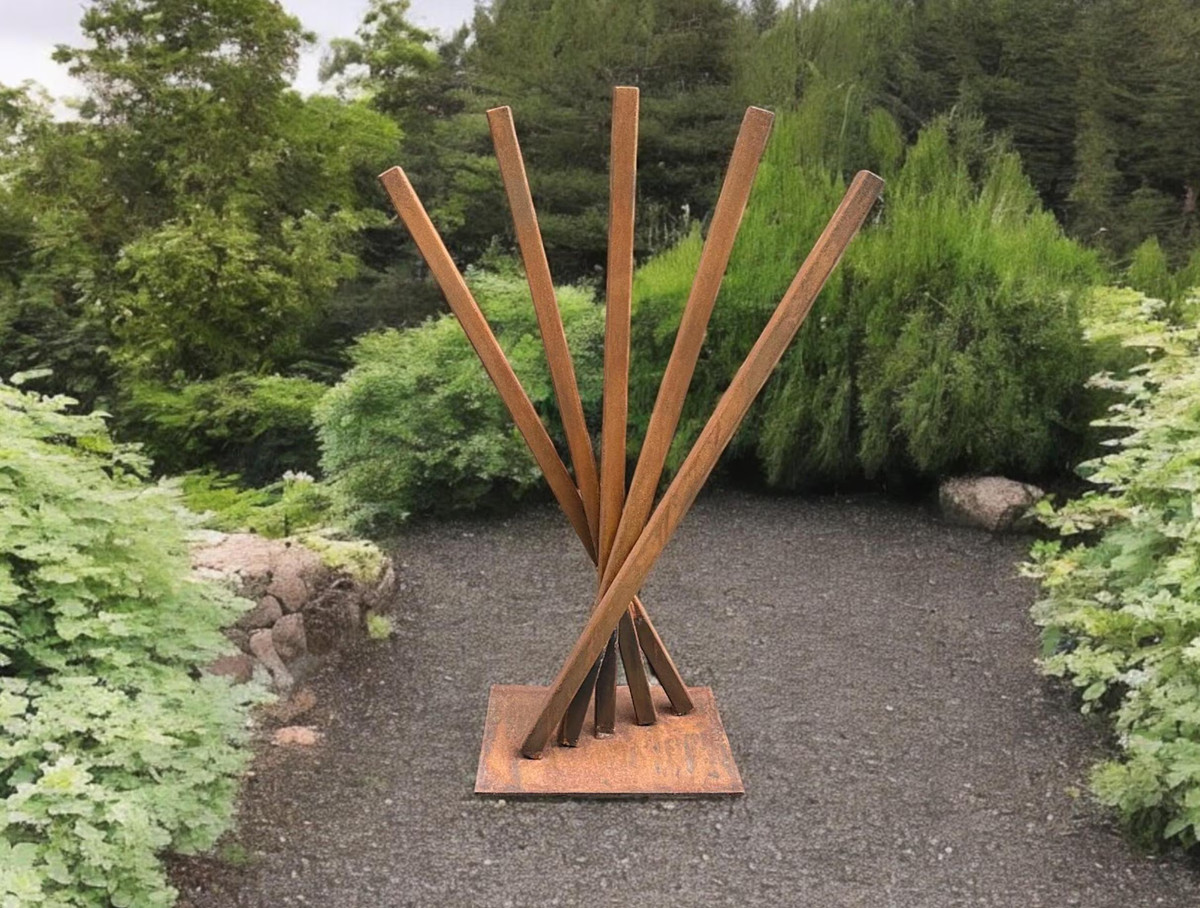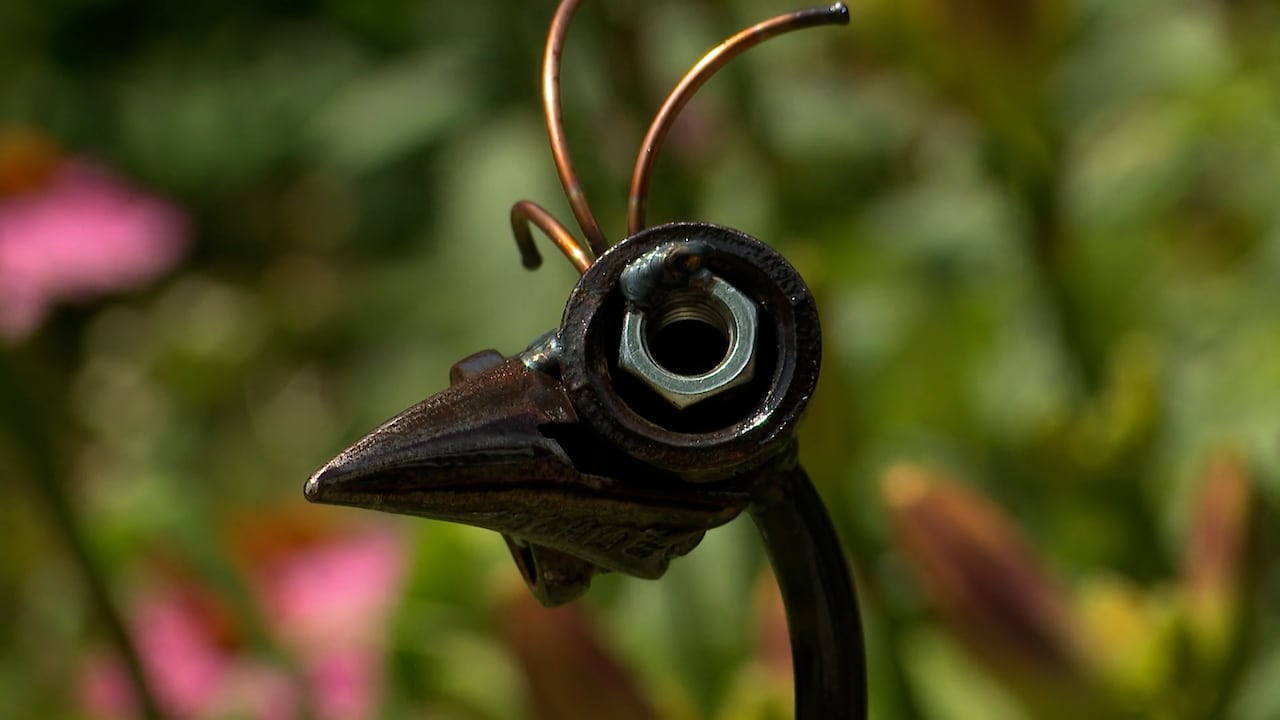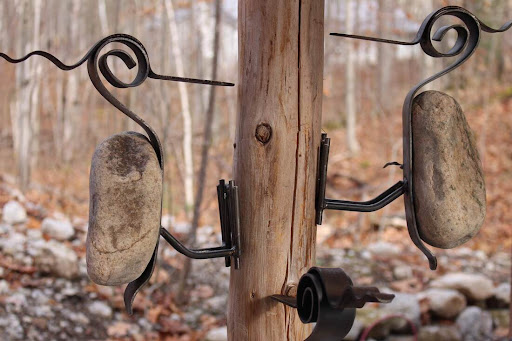In the realm of outdoor aesthetics, creating garden art trails stands as an innovative approach to enhance landscapes while simultaneously showcasing artistic talent. For industrial manufacturers, this presents a unique opportunity to blend creativity with function, offering products that transform ordinary gardens into captivating art trails. In this article, we delve into the process and benefits of establishing garden art trails, emphasizing how manufacturers can play a pivotal role in this artistic venture.

Understanding Garden Art Trails
Garden art trails are curated paths within gardens that feature an array of artistic installations. These installations might include sculptures, metalwork, mosaics, and other creative expressions. The concept is to guide visitors through a journey of visual and sensory experiences, connecting them with nature and art seamlessly. For more on how metal can be used creatively in gardens, you might find this metal mosaic guide insightful.
The Role of Industrial Manufacturers in Garden Art
Industrial manufacturers are uniquely positioned to contribute to garden art trails. By producing durable and aesthetically pleasing art pieces, manufacturers can provide the backbone of these trails. This involves selecting materials that withstand the elements while maintaining artistic integrity. An excellent example is the use of repurposed metal, which you can explore further in this repurposed saw blades article.
Material Selection and Design
Choosing the right materials is crucial. Metals such as steel and copper are popular due to their durability and versatility. These materials can be crafted into intricate designs that add both beauty and value to garden spaces. This process often involves advanced manufacturing techniques like laser cutting and welding, as discussed in DIY laser cut art projects.
Collaborating with Artists
To create truly unique garden art trails, manufacturers should consider partnerships with artists. Artists bring creativity and vision, while manufacturers provide the technical expertise and resources necessary to bring ideas to fruition. This collaboration can result in stunning art pieces that captivate audiences.
Benefits of Garden Art Trails
The creation of garden art trails offers numerous benefits, both for the community and the industrial sector. These trails can increase foot traffic in public spaces, enhance community engagement, and boost local tourism. From an industrial perspective, they provide a platform to showcase manufacturing capabilities and artistic innovation.
Enhancing Community Spaces
By integrating art into gardens, communities can transform mundane spaces into vibrant cultural attractions. This not only beautifies neighborhoods but also fosters a sense of pride and ownership among residents. For manufacturers, this represents an opportunity to contribute positively to society while gaining visibility for their products.
Boosting Local Economy
Art trails attract visitors, which can lead to increased revenue for local businesses. Restaurants, cafes, and shops nearby can benefit from the influx of tourists. Moreover, manufacturers involved in these projects may see a rise in demand for their products as more communities seek to replicate successful trails.
Implementing a Garden Art Trail
For industrial manufacturers interested in venturing into garden art trails, a structured approach is necessary. This involves planning, collaboration, and execution.
Planning and Design
Begin with a comprehensive plan that outlines the trail’s theme, location, and artistic elements. Collaborate with landscape architects and artists to design a layout that is both aesthetically pleasing and functional. This stage is crucial for setting the tone and direction of the project.
Production and Installation
Once the design is finalized, manufacturers can proceed with production. This includes fabricating art pieces and ensuring they meet the design specifications. Installation should be carefully managed to preserve the integrity of both the art and the natural environment. For ideas on integrating seasonal elements into your installations, see seasonal metal decor.
Promotion and Engagement
After installation, promote the garden art trail through various channels. Social media, local events, and partnerships with tourism boards can help attract visitors. Engaging the community through workshops and events can also enhance the trail’s visibility and impact.
Challenges and Considerations
While the potential benefits are significant, manufacturers must also navigate certain challenges. These include budget constraints, environmental considerations, and maintenance requirements.
Budget Management
Artistic projects can be costly, so its essential to have a clear budget plan. Consider sourcing materials that offer a balance between cost and quality. Additionally, seeking sponsorships or grants can alleviate financial pressures.
Environmental Impact
Ensure that all installations are environmentally friendly. This involves using sustainable materials and methods that minimize ecological disruption. For further insights, you might find this article on DIY metal sculptures beneficial.
Maintenance
Regular maintenance is crucial to preserve the beauty and safety of the art trail. Establish a schedule for inspecting and repairing installations to ensure they remain in top condition.
Conclusion
Creating garden art trails is an exciting venture that blends industrial manufacturing with artistic expression. By producing high-quality, durable art pieces, manufacturers can play a vital role in transforming outdoor spaces into engaging cultural experiences. This not only enhances community spaces but also provides economic opportunities and visibility for industrial products. As more communities recognize the value of art trails, the demand for creative manufacturing solutions will continue to grow.

FAQ
1. What are the key materials used in garden art trails?
Common materials include metals like steel and copper, which are durable and versatile. These materials can be crafted into various artistic forms suitable for outdoor environments.
2. How can manufacturers benefit from garden art trails?
Manufacturers can showcase their products and capabilities, enhance community engagement, and contribute to local tourism, which may result in increased demand for their offerings.
3. What are the environmental considerations in creating art trails?
It’s essential to use sustainable materials and practices to minimize ecological impact. This includes selecting eco-friendly materials and ensuring installations do not harm the natural surroundings.
This article contains affiliate links. We may earn a commission at no extra cost to you.

